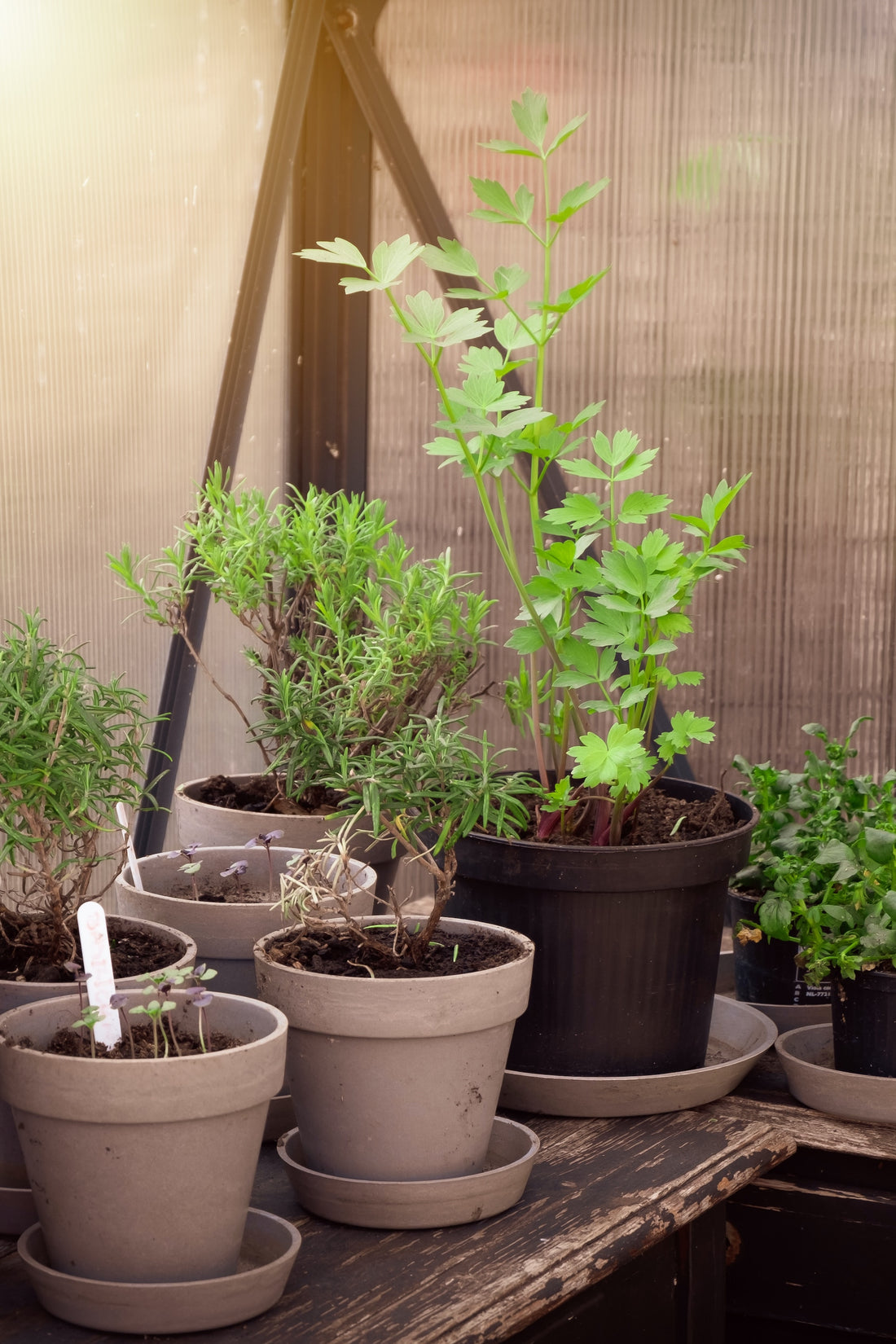Micro gardening is an innovative way to grow food and flowers in small, urban spaces, making it an ideal solution for people with limited access to traditional gardening areas. With a focus on sustainable practices, space efficiency, and creative container use, micro gardening offers a unique opportunity for city dwellers, apartment residents, and people with limited time and resources to enjoy the benefits of gardening.
What is Micro Gardening?
Micro gardening is an intensive gardening method that utilizes containers and carefully designed spaces to optimize production. It incorporates sustainable strategies, including energy and space-efficient practices, to make the most of a small area. Micro gardens can be grown on balconies, decks, porches, rooftops, walkways, patios, steps, and even kitchen counters.
The term "micro gardening" was coined by Anne Gibson in 2007, who was inspired to create a mini urban farm while recovering from cancer. Her goal was to grow nutrient-dense food in a small, urban space to support her health and immune system. Micro gardening techniques have since evolved to include a wide range of small-space gardening solutions.
Benefits of Micro Gardening
- Minimal labor, equipment, and materials required
- Low-cost establishment and maintenance
- Easy access and significant health benefits
- Ability to grow a diverse range of plants in small spaces.
- Satisfaction of growing your own food and being self-sufficient to some degree
Examples of Micro Gardens
- Sprouts grown in jars indoors.
- Microgreens raised in small containers on a windowsill or countertop.
- Herb gardens in repurposed baskets or containers
- Ready to Eat Salad Garden featuring loose-leaf lettuce varieties in a single container.
- Stackable vertical gardens for space and water efficiency
- Meals on Wheels concept, where plants are grown in containers with casters for easy relocation and sunlight optimization.
Key Features of Successful Micro Gardens
Highly successful micro gardens have several unique features that differentiate them from traditional gardens:
- Use of 100% biological and organic strategies for growing plants
- Maximization of small spaces using Permaculture design principles
- Focus on soil health and nutrient cycling
- Microclimate management (including indoor microclimates) to optimize food production and extend harvests
- Utilization of local organic materials to create soil and plant food
- Emphasis on sustainable practices and closed-loop systems
- Incorporation of urban Permaculture strategies, such as polyculture, interplanting, perennial edibles, and multi-functional plants
The Importance of Soil in Micro Gardening
Healthy soil is crucial for the success of a micro garden. Intensive food farming in small spaces can be challenging, especially if using cheap bagged potting mix or poor-quality soil. To grow an abundant and nutrient-dense micro garden, it's essential to invest time and effort in creating the right growing medium.
Making your own potting soil or amending a bagged mix with beneficial microbes and nutrients can significantly improve plant health and productivity. Whether you're growing food in a container or a garden bed, healthy soil is vital for success.
The Role of Microbes in Micro Gardening
Microorganisms, or microbes, play a critical role in the health and productivity of micro gardens. These microscopic organisms help create a healthy environment in the soil, recycling nutrients to feed plants and protect them from pests and diseases.
Understanding and nurturing the soil food web, which includes beneficial microbes, can greatly enhance the health and harvests of your micro garden.
Microclimates and Their Significance in Micro Gardening
Observing and utilizing local microclimates around your home and garden can significantly impact the success of your micro garden. These unique conditions can help you:
- Extend harvests for various edibles.
- Grow plants that may not typically thrive in your area.
- Optimize sunlight, shade, wind, soil, and weather conditions.
- Utilize natural or man-made structures to your advantage.
- Select the right plants, containers, and growing environments.
- Maximize food production and protect your garden from various issues, such as frost or heat damage.
By understanding and working with microclimates, you can create a more resilient, productive, and healthy micro garden with minimal time, money, and energy investment.



